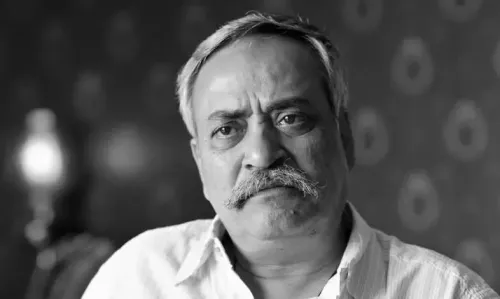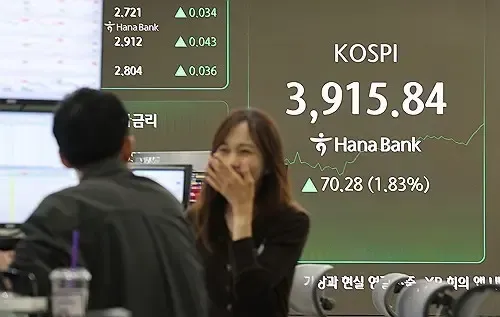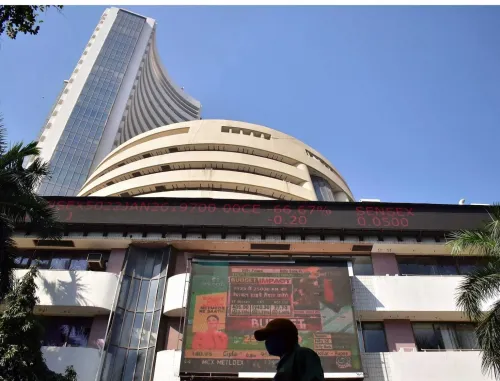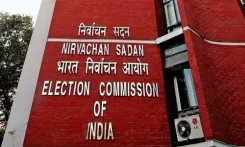Decline of Exhaust and ICE After-Treatment Market Amidst Rising Electrification in Asia-Pacific
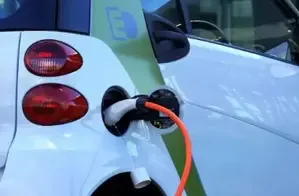
New Delhi, Dec 24 (NationPress) The trend of electrification is causing a steady decline in the internal combustion engine (ICE) engine market, leading to an anticipated negative compound annual growth rate of 2 percent for the exhaust and ICE after-treatment market in the Asia-Pacific region during the period from 2024 to 2029, as reported on Tuesday.
According to GlobalData, a prominent data and analytics firm, the exhaust and ICE after-treatment market is projected to reach 143.5 million units in 2024 but is expected to drop to 129.7 million units by 2029.
As concerns regarding environmental sustainability intensify, electrification has emerged as a central focus for governments globally, with the Asia-Pacific region, particularly India, leading the charge.
Countries including Japan, South Korea, India, and Indonesia are enacting policies aimed at boosting the adoption of electric vehicles (EVs), which could adversely impact the exhaust and ICE after-treatment market, the report indicated.
“The increasing rigor of emission regulation laws is driving key industry players to invest in research and development (R&D) to comply with the mandated emission standards,” stated Madhuchhanda Palit, an automotive analyst at GlobalData.
For instance, India’s recent emission regulation, Bharat Stage VI (BS-VI), which was implemented in April 2020, allows a sulfur limit of only 10 parts per million.
“This regulation has significantly pushed forward the development of ICE after-treatment components, such as gasoline particulate filters, which reduce particulate matter emissions from direct injection engines, and selective catalytic reduction systems,” Palit remarked.
The trend of electrification is resulting in key industry players announcing plans to close automotive exhaust system manufacturing facilities in recent years.
While the exhaust and ICE after-treatment market is set to experience a negative CAGR during the forecast period, challenges related to the widespread adoption of electrification—including high costs, battery range issues, insufficient charging infrastructure, and a lack of consumer awareness—might open new avenues for growth in the exhaust and ICE after-treatment sector, Palit emphasized.

